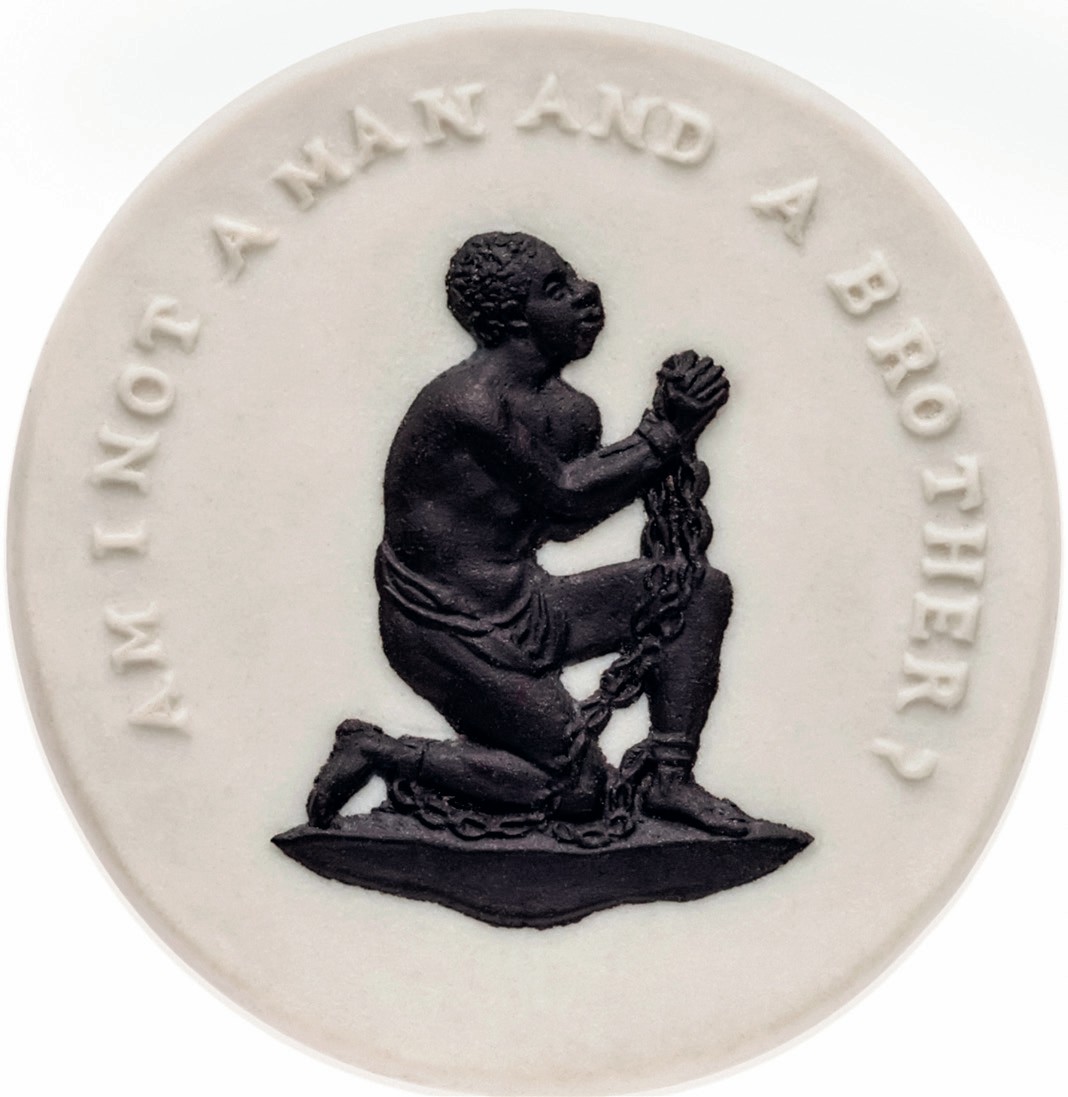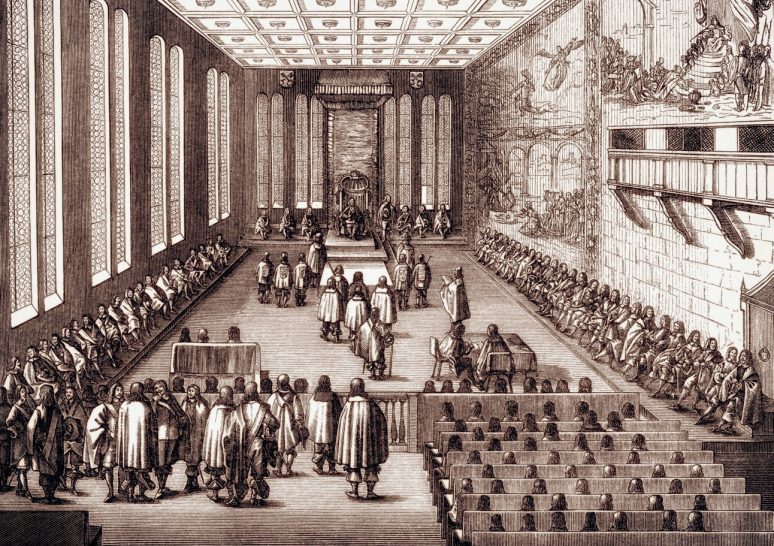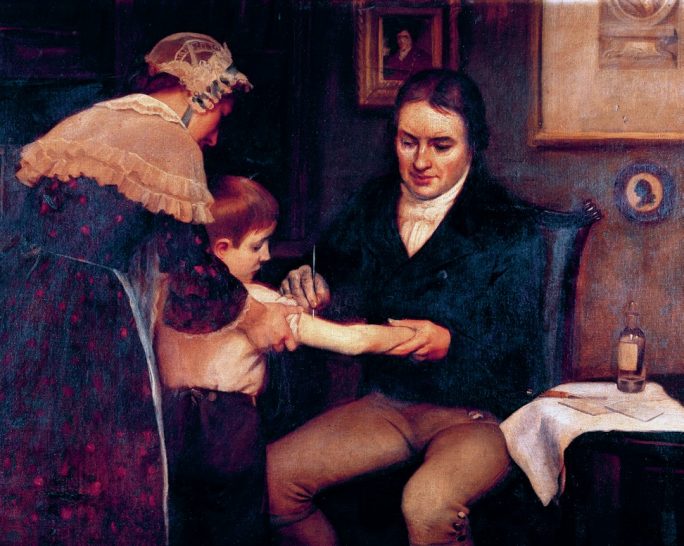
W edgwood’s anti-slavery medallion was a powerful propaganda tool and one that testifies to the influence of images and image-making in effecting social and political change during the eighteenth and nineteenth centuries. Not only did the medallion help to popularise the early campaign to abolish the British transatlantic slave trade, it also gave the movement its own unique visual identity. Instantly recognisable, this simple device became a form of abolitionist shorthand, a visual cue that made explicit the relationship between abolition, consumption and popular politics.
Wedgwood’s medallion had its origins in the institutional history of the Society for Effecting the Abolition of the Slave Trade, organised in May 1787. Looking for an official ‘seal’ or logo, a striking image that would also serve as a form of self-advertisement, the society turned to one of its members, the Staffordshire potter Josiah Wedgwood. A leader in the industrialisation of the manufacture of European pottery, Wedgwood was one of the most innovative manufacturers of the eighteenth century, keenly aware of shifting patterns of consumption and the public’s thirst for the latest styles and fashions.
Your organisation does not have access to this article.
Sign up today to give your students the edge they need to achieve their best grades with subject expertise
Subscribe




